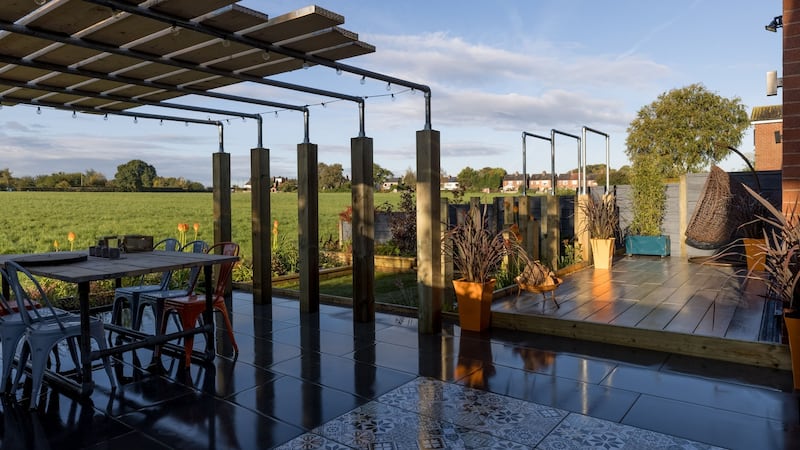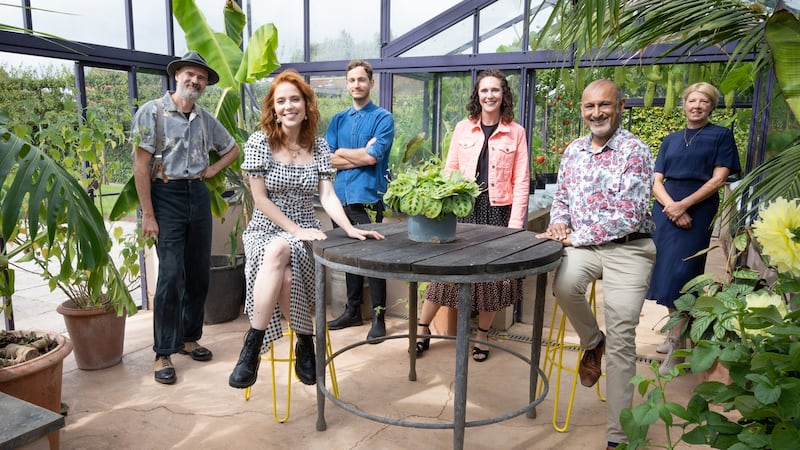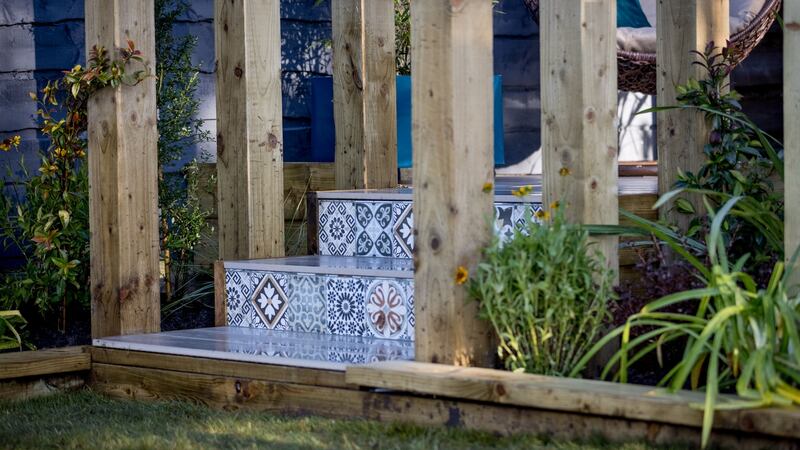Full disclosure first, I should begin by admitting that I belong to that very small percentage of gardeners – that tiny, grumpy group of outliers, statistical anomalies and contrarians – who don’t enjoy watching garden makeover TV shows. When and if forced to, I quickly turn into the horticultural version of the Grinch, muttering darkly at the screen until some family member politely suggests I take off.
Which is not to say that these kinds of shows can’t be entertaining, educational, inspiring, informative, or even empowering. In fact the best can be all that and more, introducing gardeners to a world of new ideas and challenging us to look at our personal outdoor spaces in fresh, exciting and contemporary ways. But some can smack of bad reality TV (cue shots of disgruntled garden owners looking less than enamoured/baffled by the finished designs) while the worst are filled with the sorts of camera-friendly, attention-grabbing, quick-fix, short-lived, untrue-to-life solutions that should be taken with a hefty pinch of salt.
Creating real gardens for real people is something that's very important to Pip Probert, one of five established British garden designers (the others are Helen Elks-Smith, Manoj Malde, Joel Bird and Tom Massey) taking part in Your Garden Made Perfect, the new BBC2 six-part garden makeover series presented by Meath-born presenter Angela Scanlon.
If you watched Episode Two (broadcast last Thursday on BBC2), you'll have seen Probert competing against rival garden designer Manoj Malde for the job of redesigning a large suburban garden in Cheshire. Her cheery, down-to-earth approach to creating a family-friendly outdoor space that would meet the clients' requirements while solving the various challenges and shortcomings of the site – including a lack of shelter and shade, a lack of privacy, the owner's deep attachment to an ugly garden pond built by his late father (she gently but rightly persuaded him to ditch it) – won Probert the commission.
So did her pragmatism.

“As a professional garden designer you have to be able to create the kind of garden that your client wants. That includes designing gardens for people who just aren’t all that interested in gardening but who really want a beautiful outdoor space that they can enjoy. In that case, the plants aren’t going to play as important a role in the finished design as the hard landscaping will. But that’s fine . . . Not everyone wants to take on the maintenance of a giant border.”
Design process
One of the elements of the show that Probert believes is especially useful for viewers is the way in which it shows how the garden design process works in real life, from the initial consultation and briefing with clients right through to important discussions about the budget.
“Most people have no idea of the latter. So it’s great to be part of a show that’s very realistic and honest about the potential costs involved while also giving really practical advice and information about the range of options and alternatives available. For example, with the Cheshire garden, the final spend was £30,000 (€34,236), all of it entirely paid for by the clients [this is the case with every garden featured on the show] who made the decision during filming to increase their original budget of £20,000 (€22,824) by 50 per cent in order to get their perfect garden.”
For those of us who can only dream of spending that sort of money on our gardens (or who might be appalled by the thought of it), Probert points out that each show also features a garden makeover segment presented by the artist, musician, author and designer Joel Bird. He shares his inventive, low-cost, hands-on tips on creating a beautiful garden with just the tiniest of budgets. “There’s something in this show for everyone. Joel is great at showing what it’s possible to create on a shoestring, in a way that’s very true to life but also inspiring.”
Based in the Wirral in north-west England, since 2005 Probert has headed up her own successful garden design and construction company, Outer Spaces, so has a deep understanding of how to work successfully to a client-oriented design brief.

As a seasoned exhibitor who's created multiple award-winning show gardens in the past for prestigious Royal Horticultural Society shows such as Tatton Park and Chelsea, she's also well used to the pressure-cooker atmosphere that's part and parcel of designing and building to an immovable deadline. So the challenges of overseeing a successful garden makeover where cameras were recording every step of the process was something she took in her stride.
“As a designer I really enjoyed taking part. Some elements were new to me – for example, the show’s use of CAD (computer assisted design) and VR (virtual reality) technology to give the clients an immediate sense of what the completed garden design would look like, are not things that I use in my own design practice – so that was really interesting.”
Fresh perspective
But it’s also given her a fresh perspective and a valuable insight into how other designers work.
“In real life it’s just you and the clients. You might be asked to produce a couple of different design alternatives so that they have a choice, but essentially you’re competing against yourself. So being given the opportunity to see another designer responding to the exact same site and design brief in a completely different way has been intriguing as well as really informative.”
After a wearying year of repeated lockdowns, those of us lucky enough to have gardens are looking at them with a renewed sense of appreciation as well as an increased desire to maximise their beauty, privacy and usefulness. What practical advice would Probert give to anyone considering embarking on their very own garden makeover?
“Some of the classic mistakes that people make are rushing headlong into the project rather than taking a little time to plan it properly by studying the site, taking photos and measurements, even just making a few lists. Those things aside, my advice is not to get bogged down in the small details. Instead start with the basics by asking yourself the important questions. For example, what are the sunny corners, the shady areas, the parts you’d like to hide, the views that you’d like to highlight?”

“Secondly, decide on a layout that you’re happy with, one that gives easy access but encourages you to move around the space and creates individual areas of interest and mystery.
“Thirdly, try to think in 3D when it comes to the finished design; introducing height and/or some changes of level – it might be a pergola, some raised beds or one or two mature specimen plants – can make all the difference.”
I hope she won’t mind me adding my own tuppence’ worth to the above, which is to say that no garden is ever perfect. But then again, when you’re a gardener, that’s all part of the magic.













